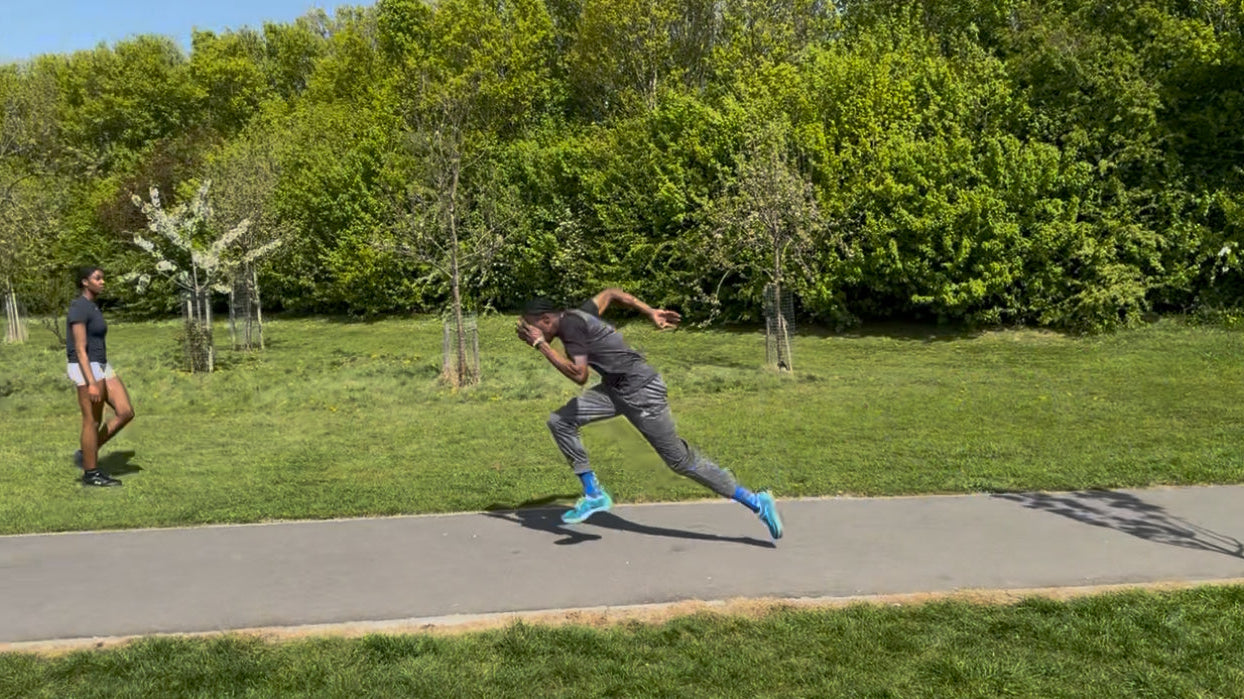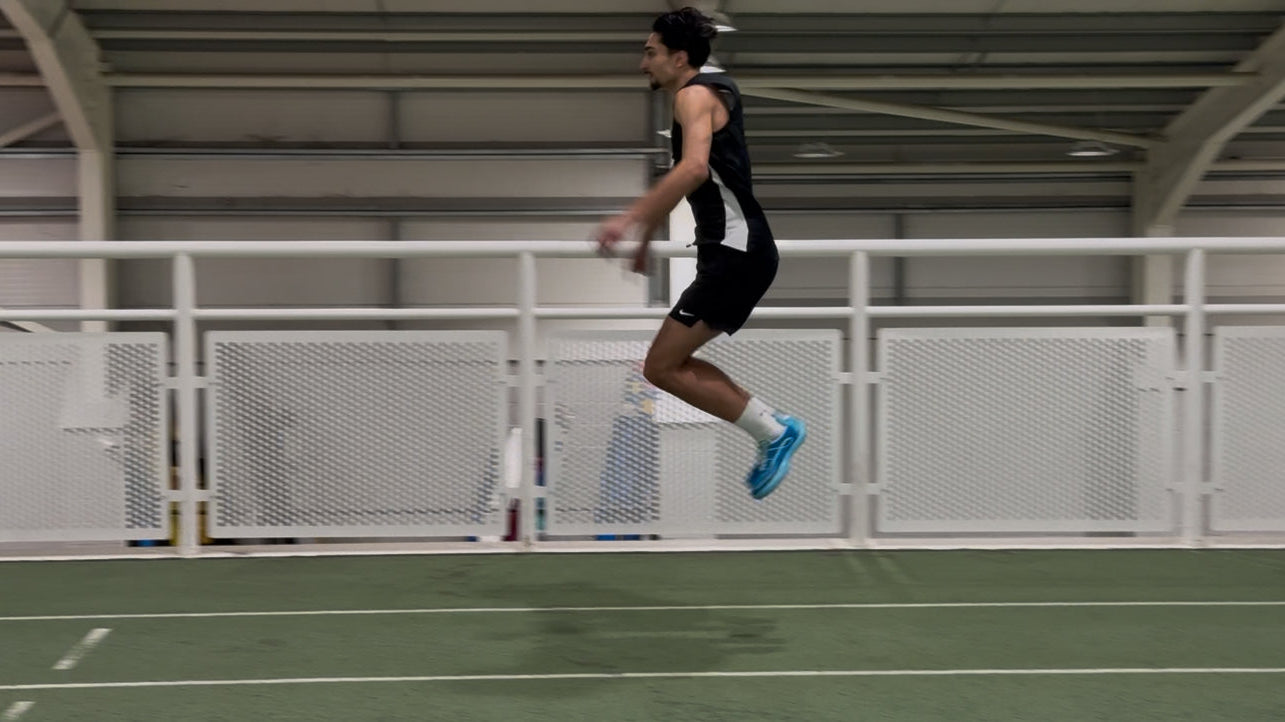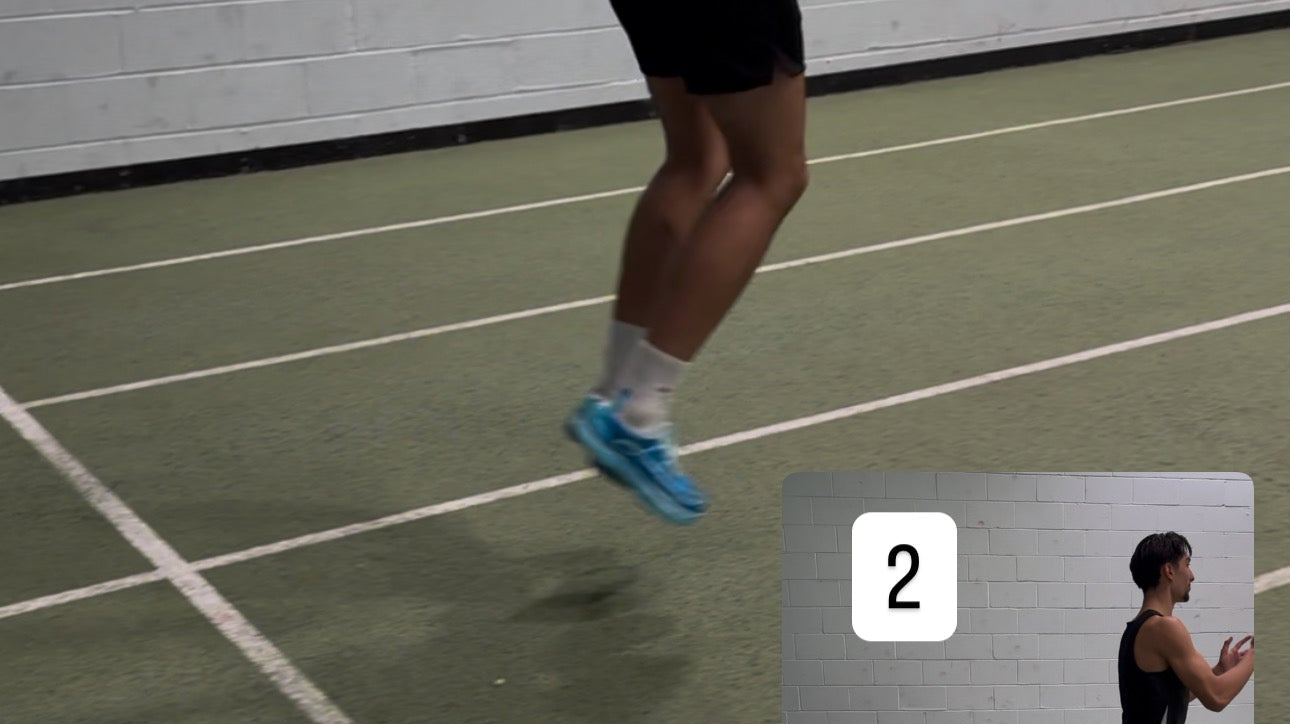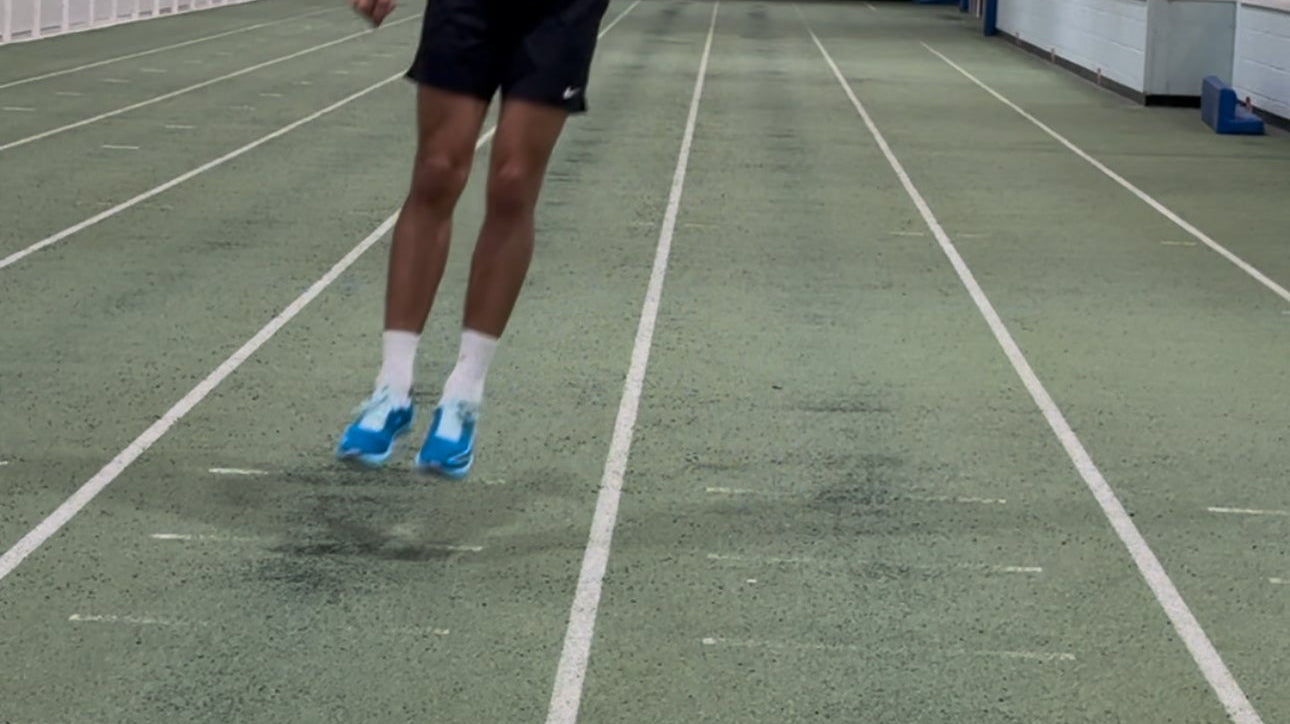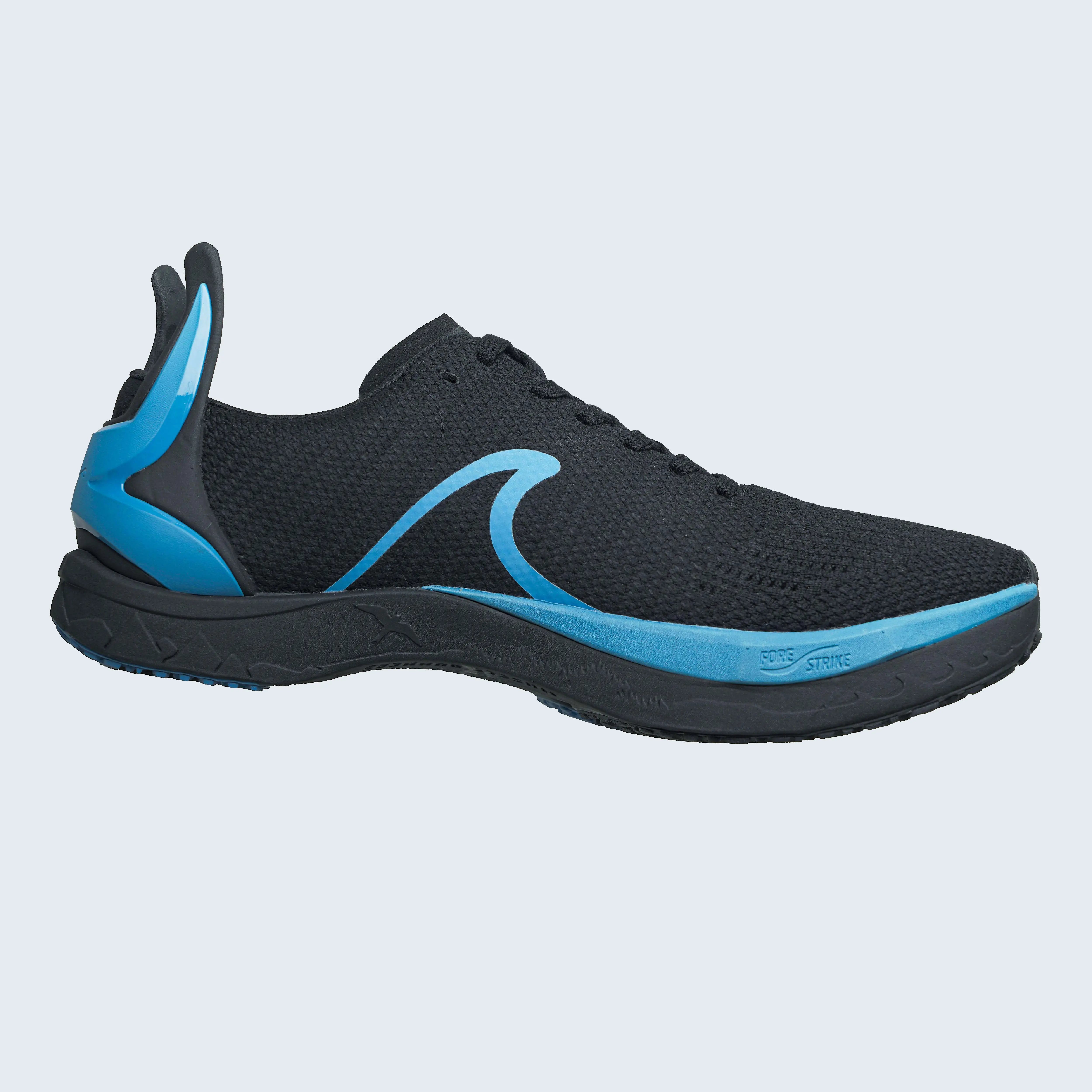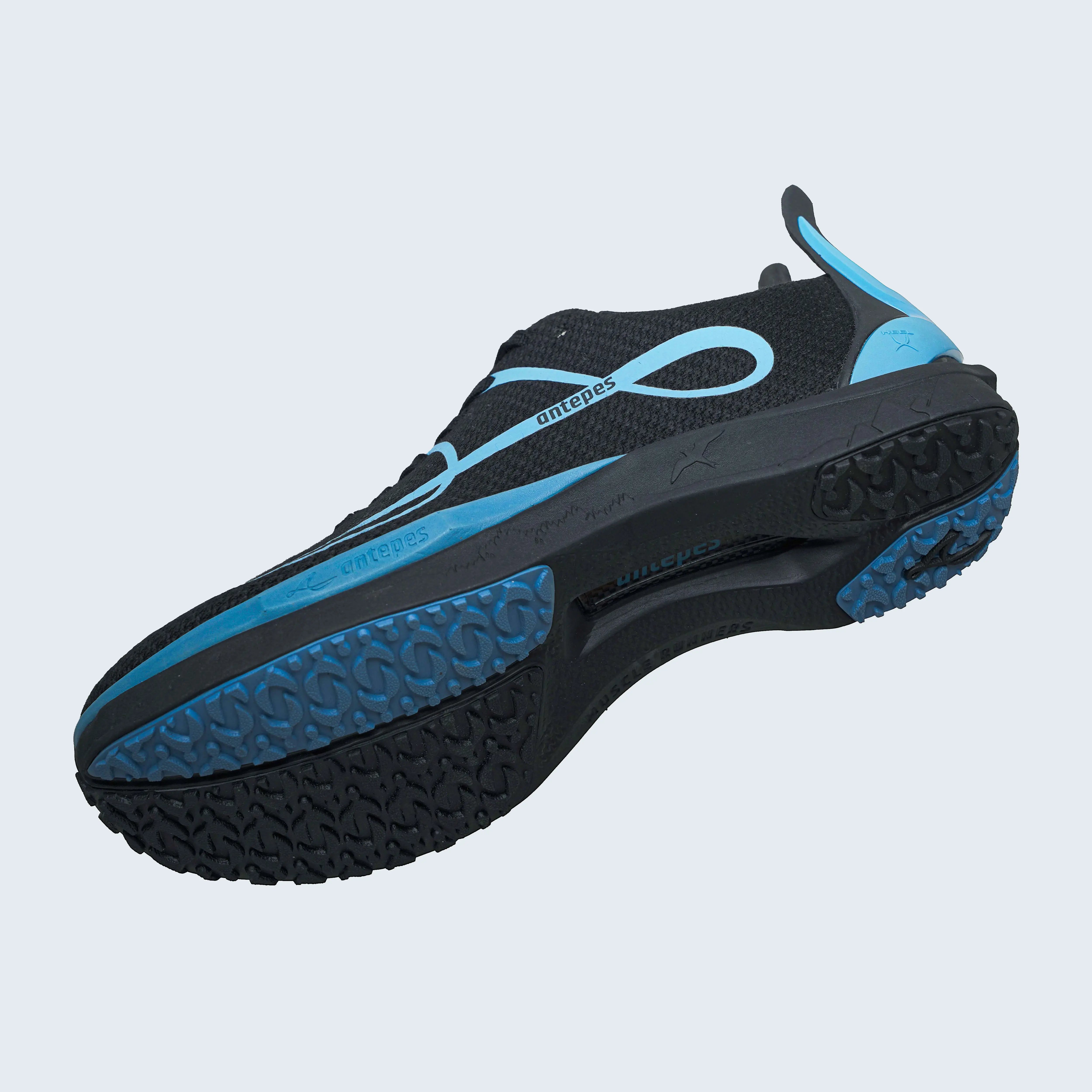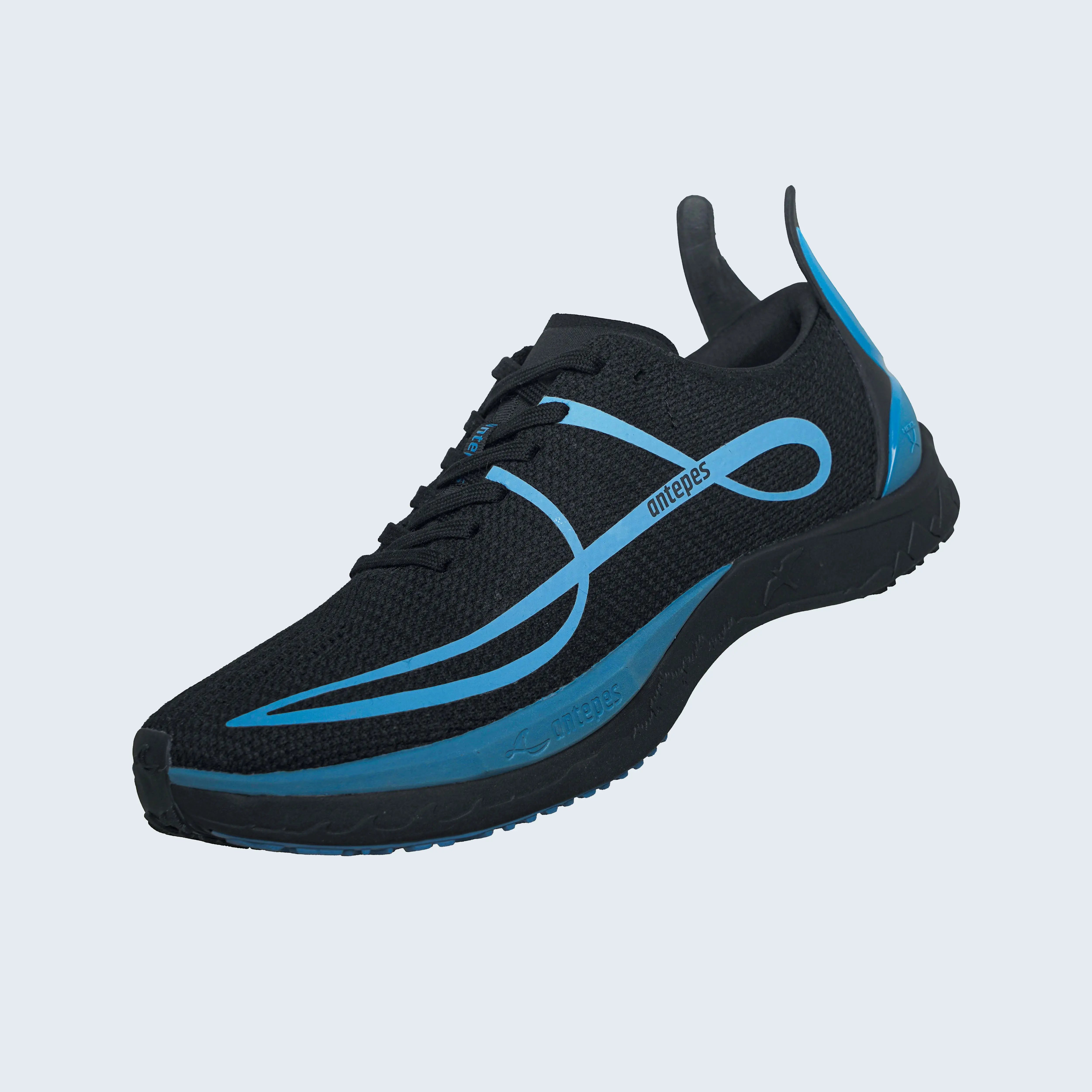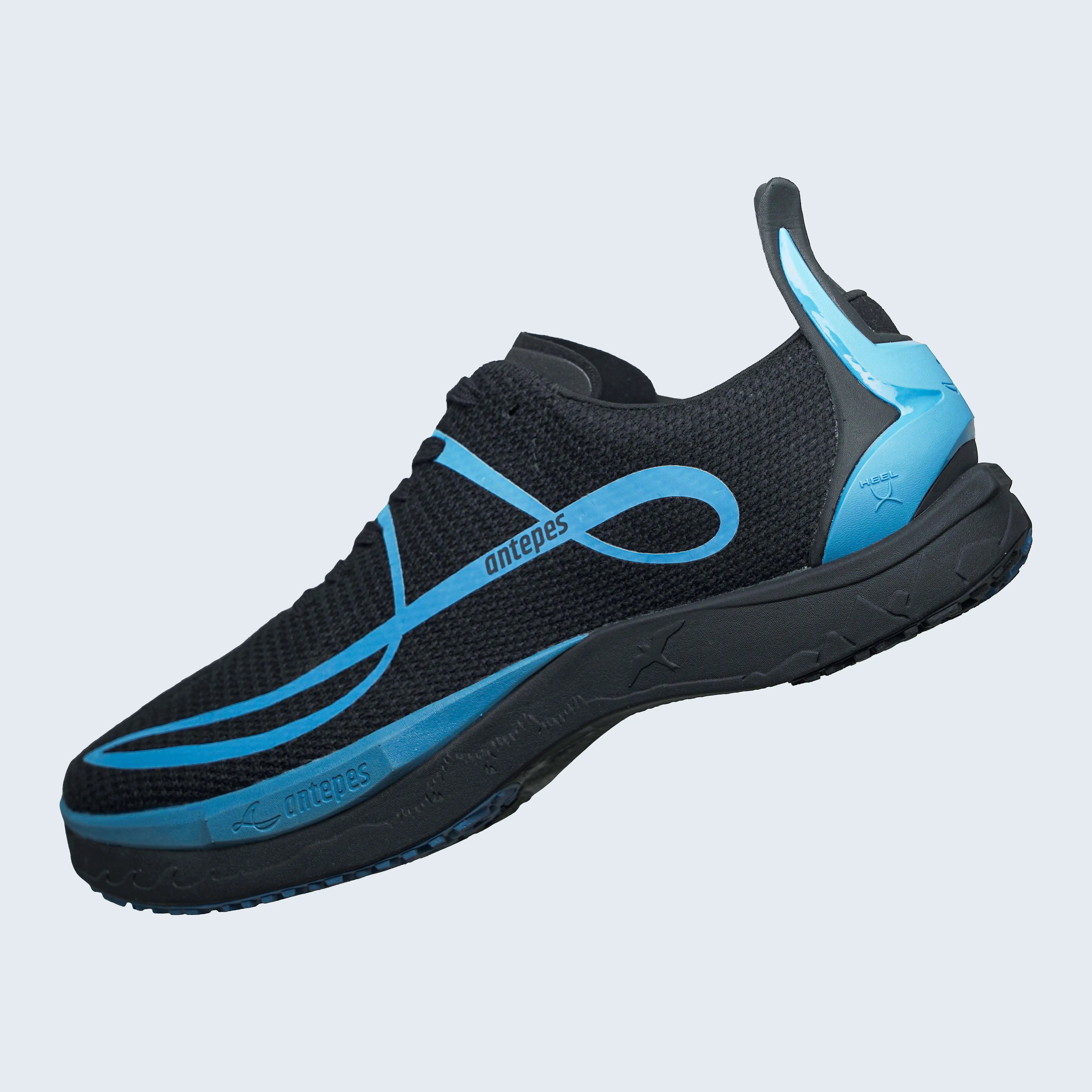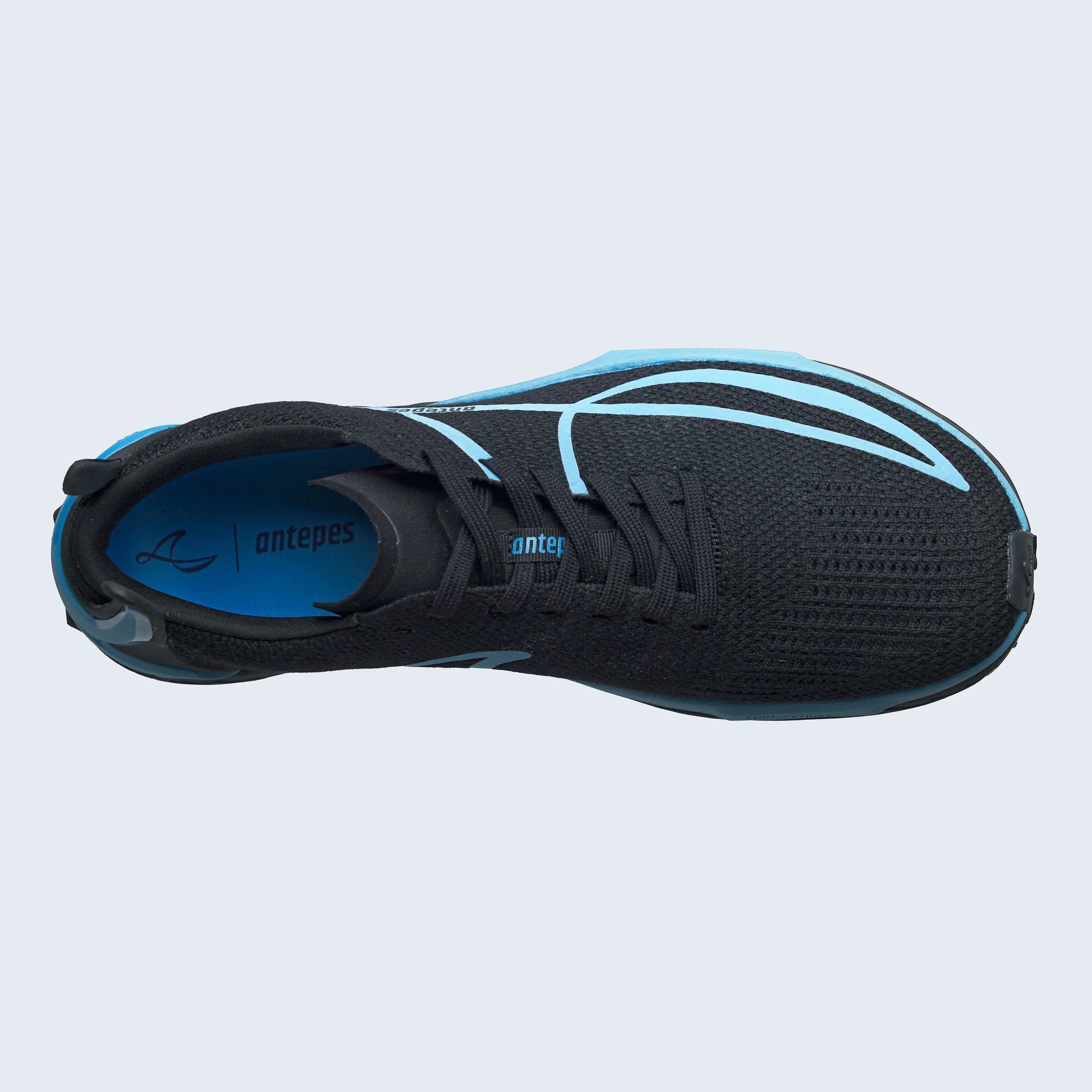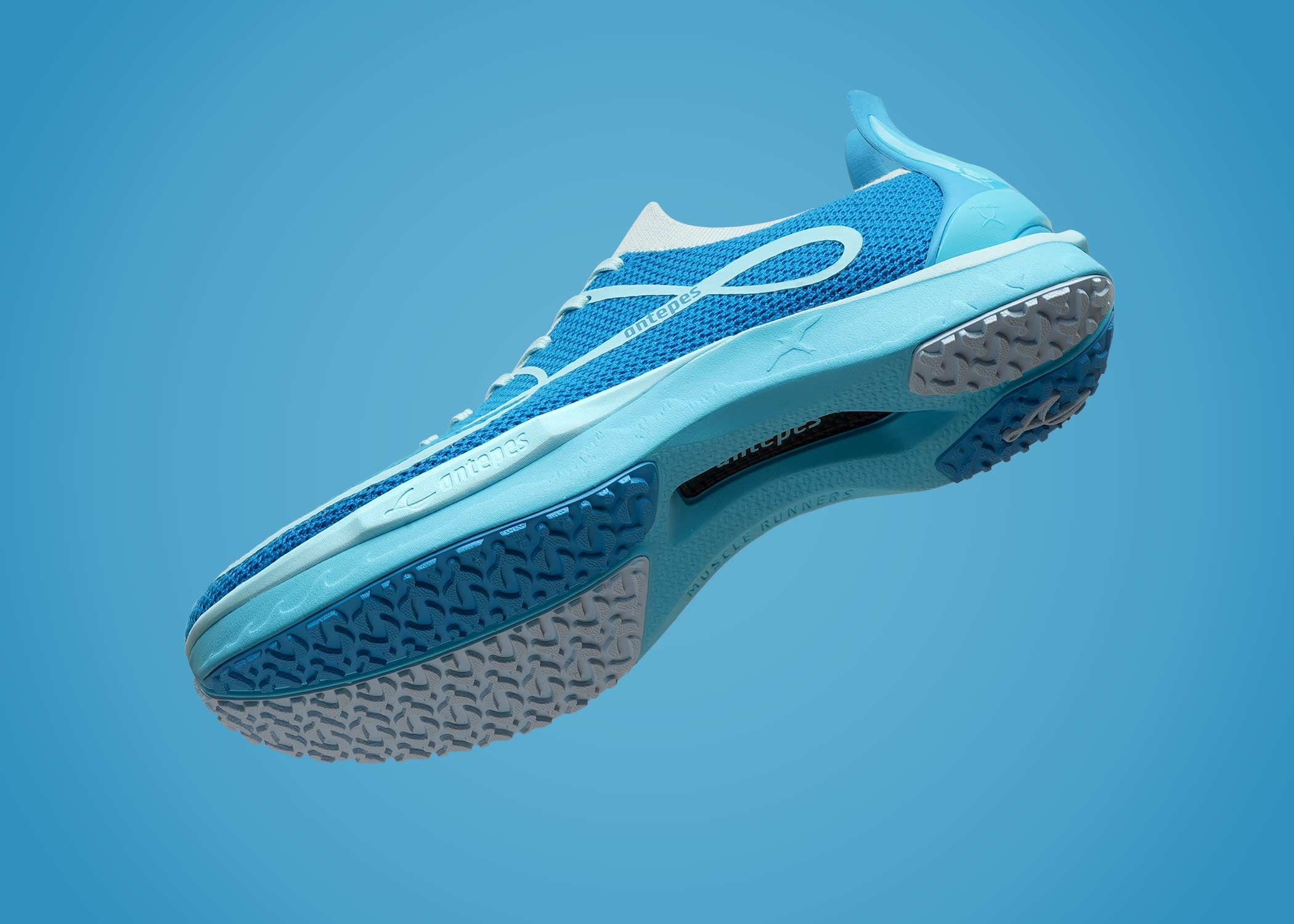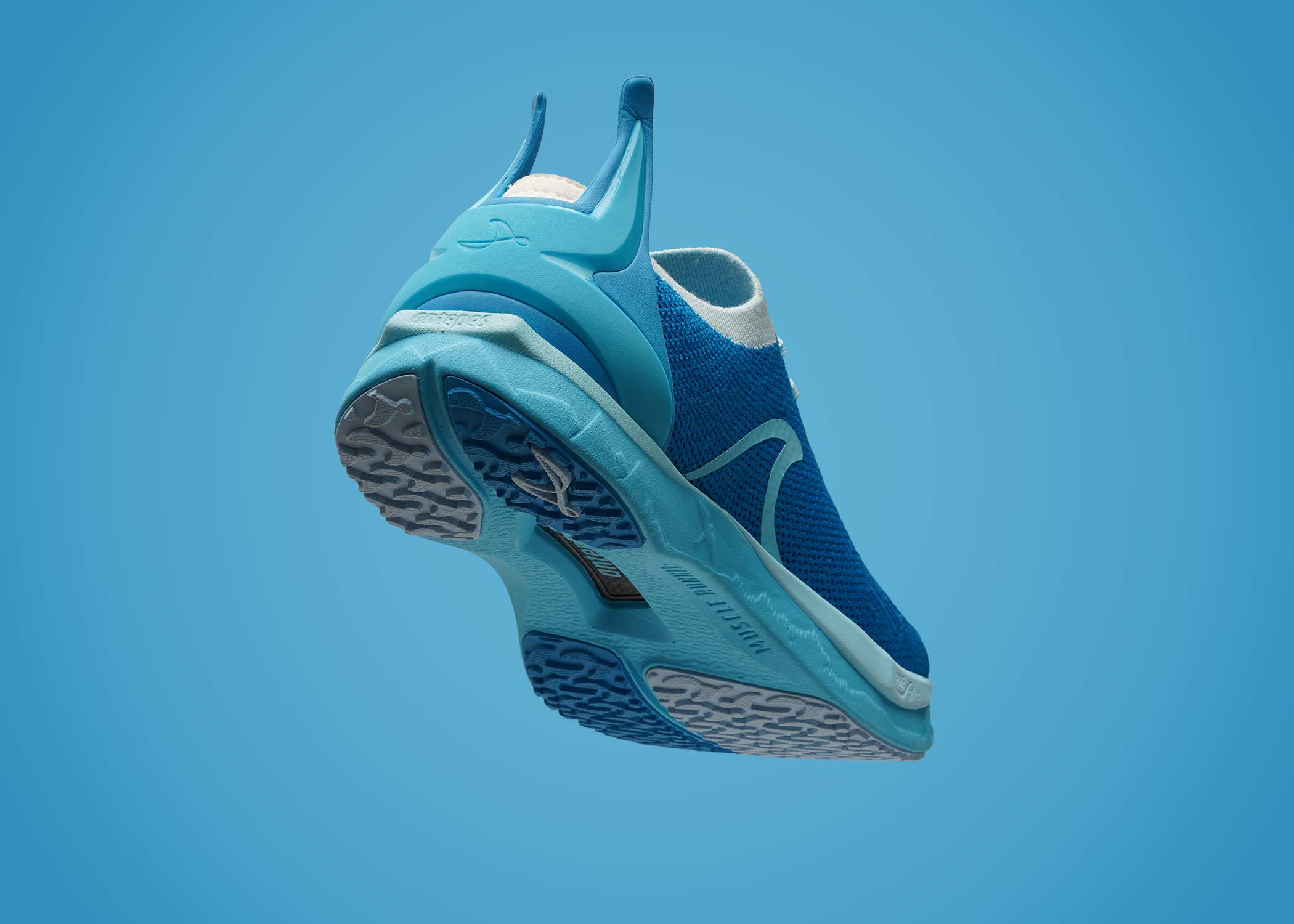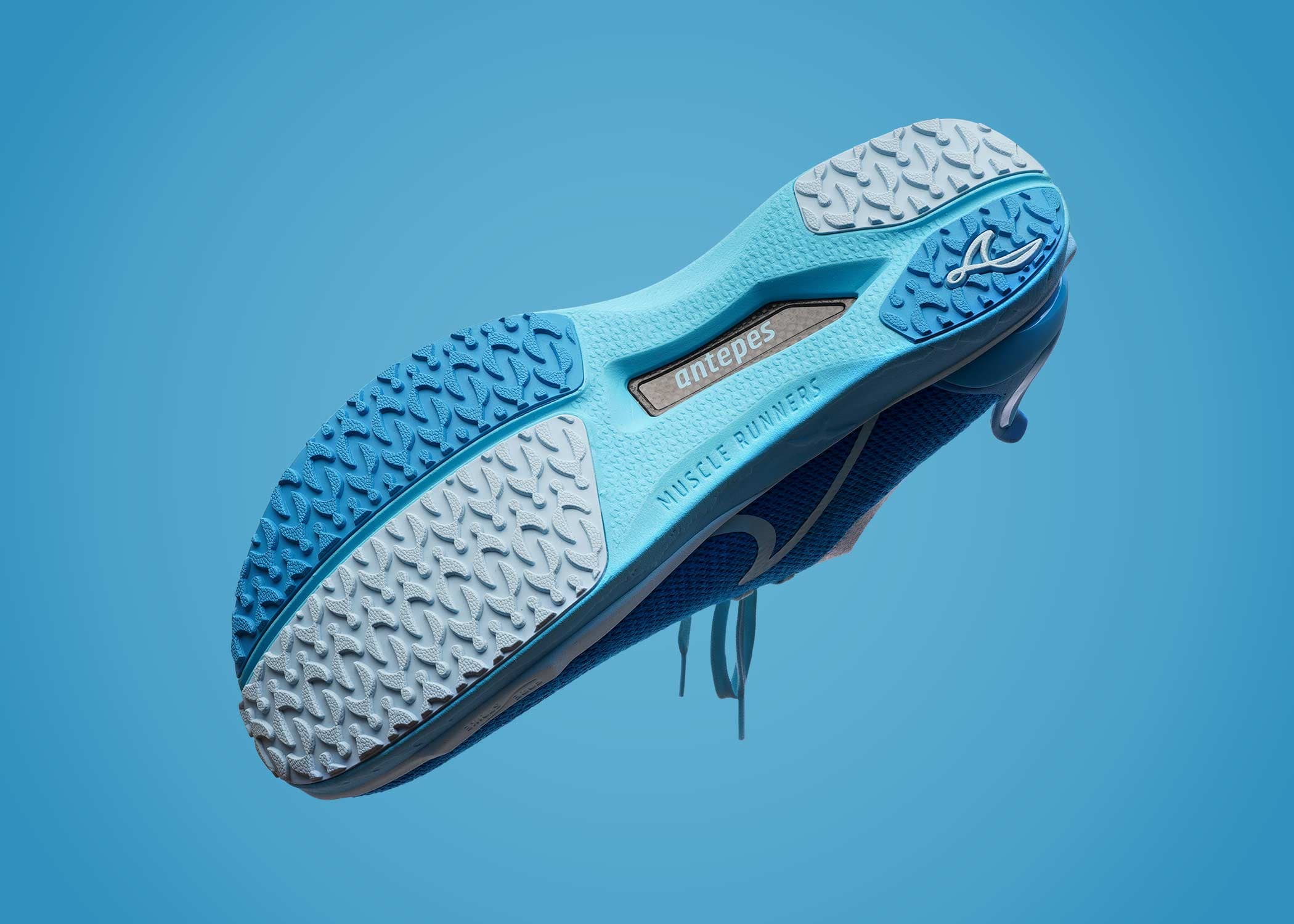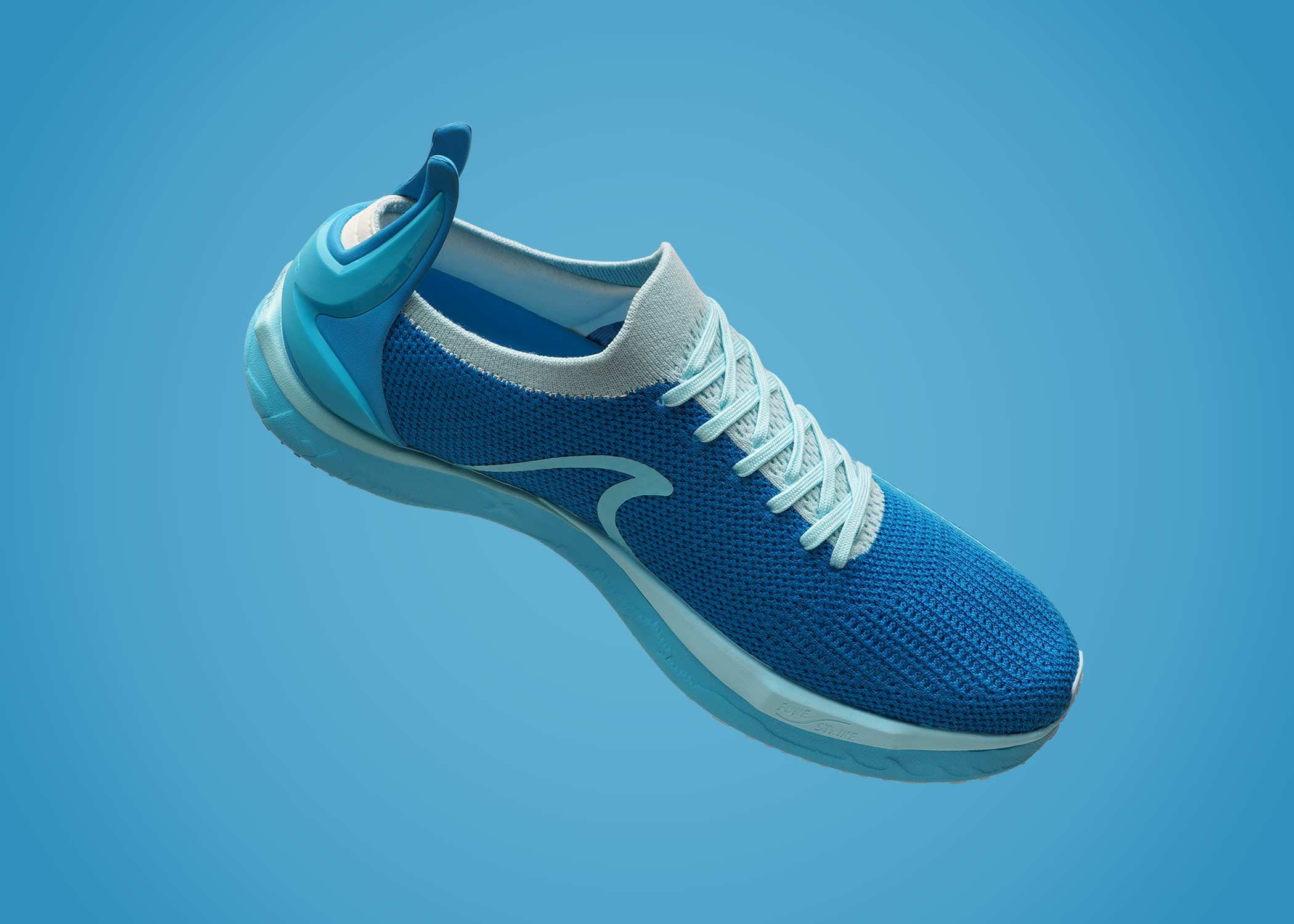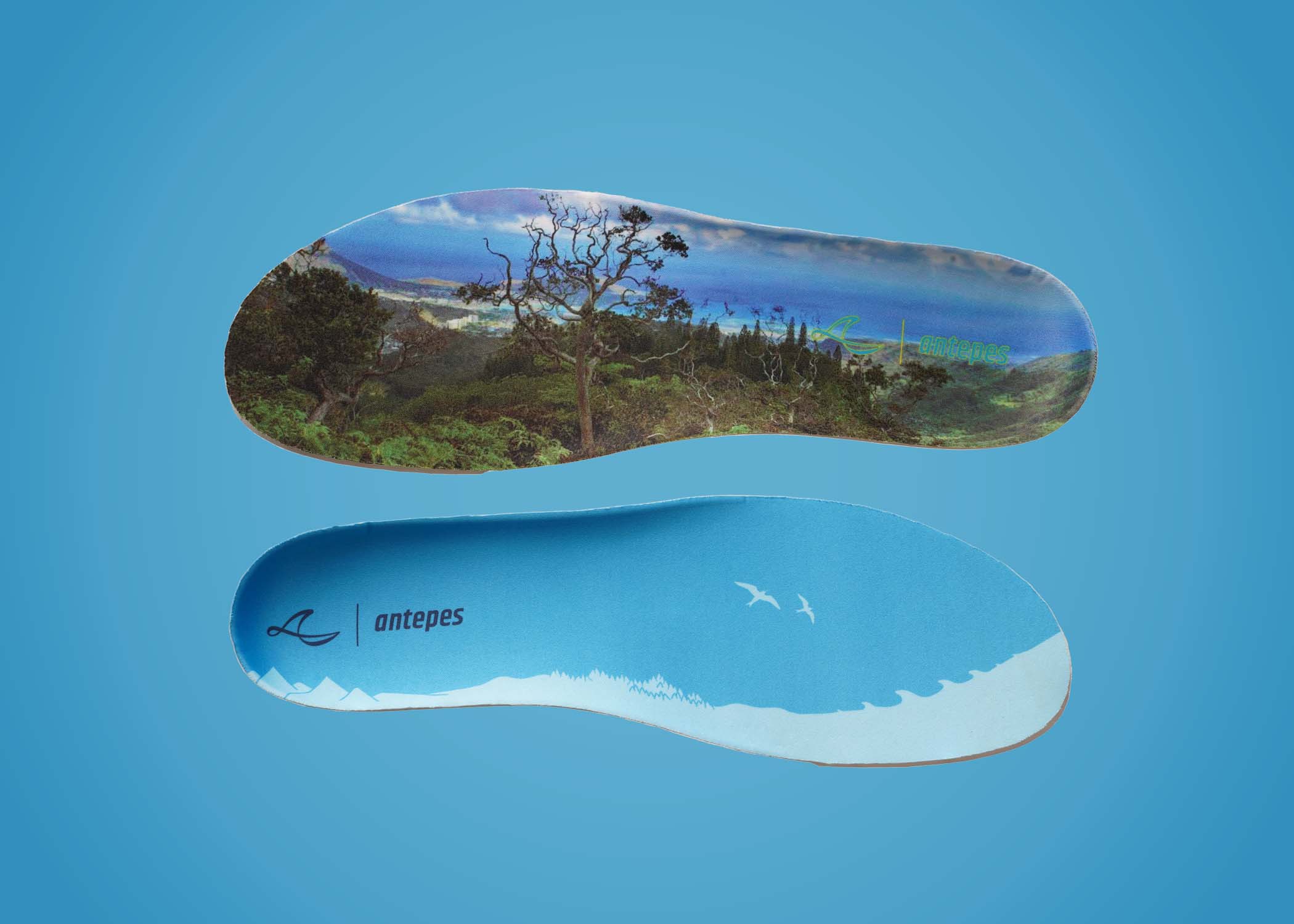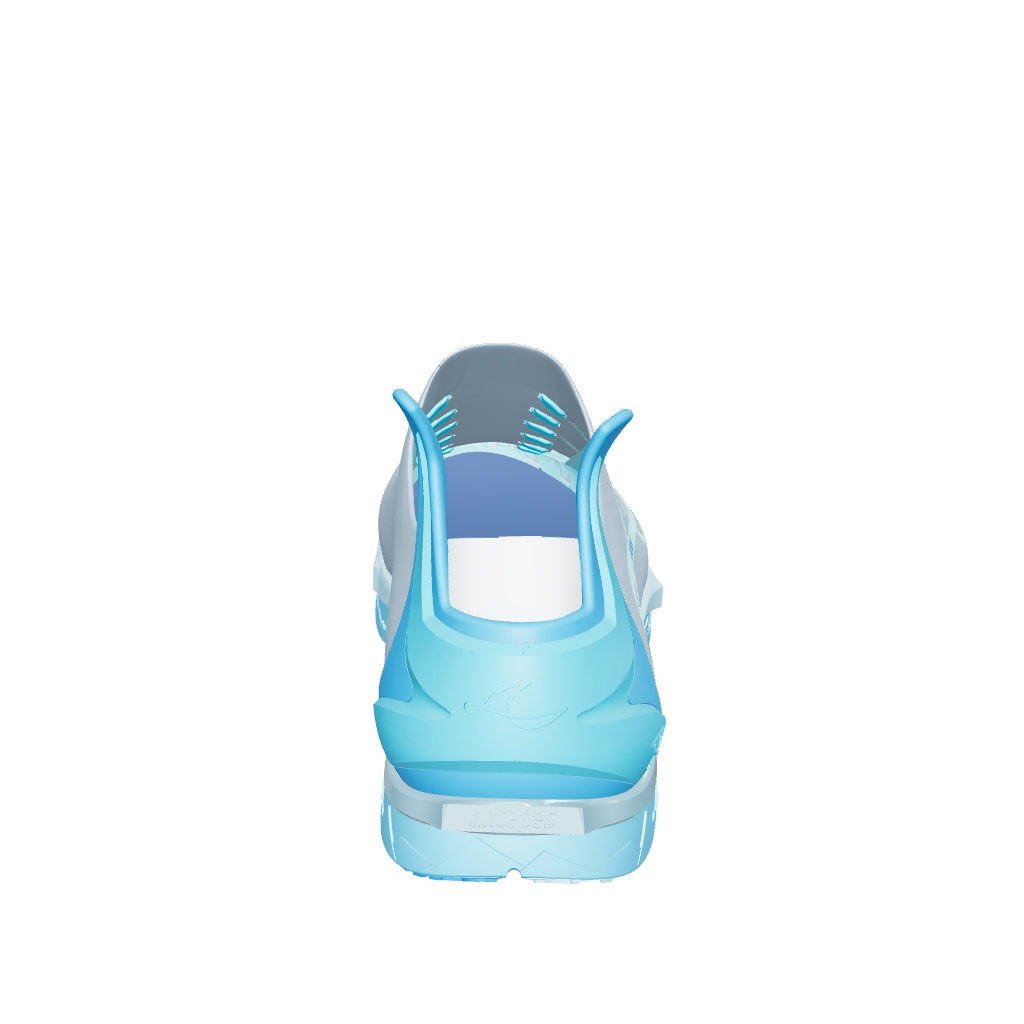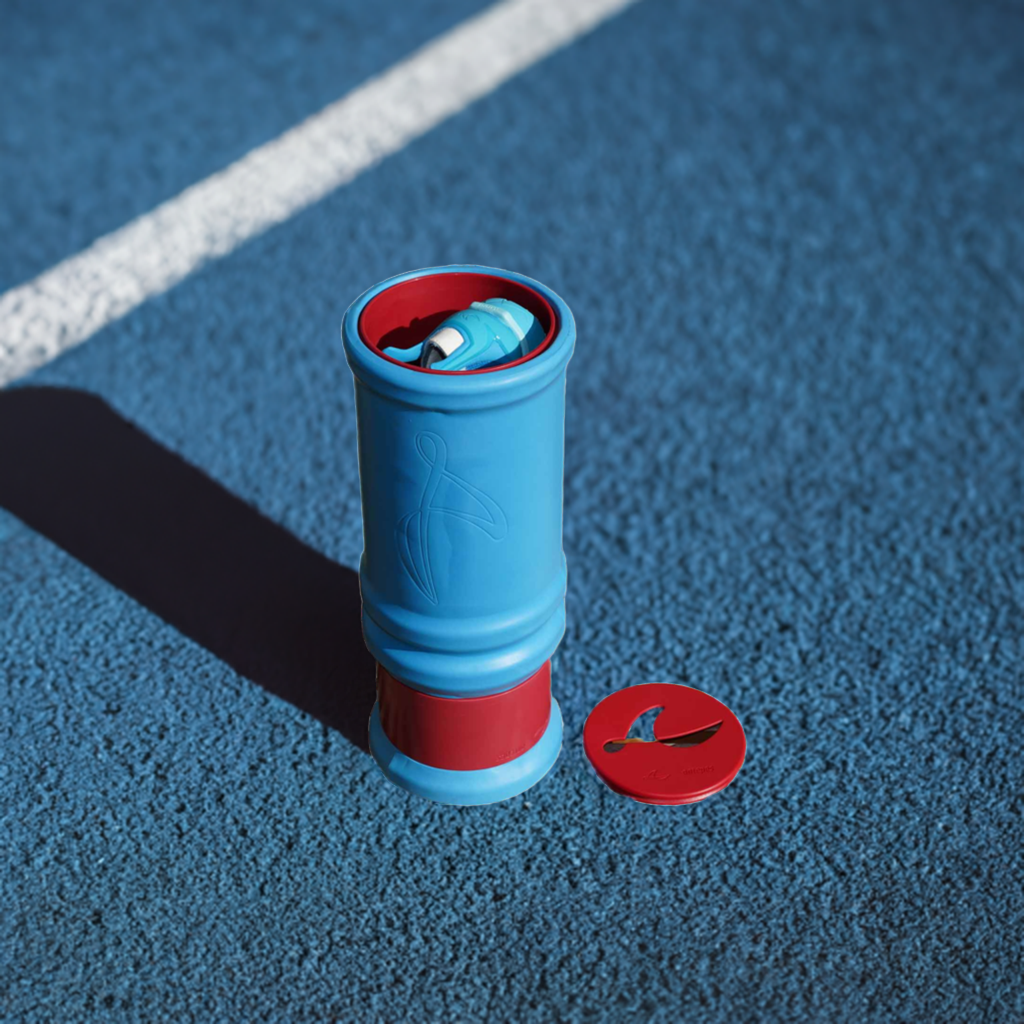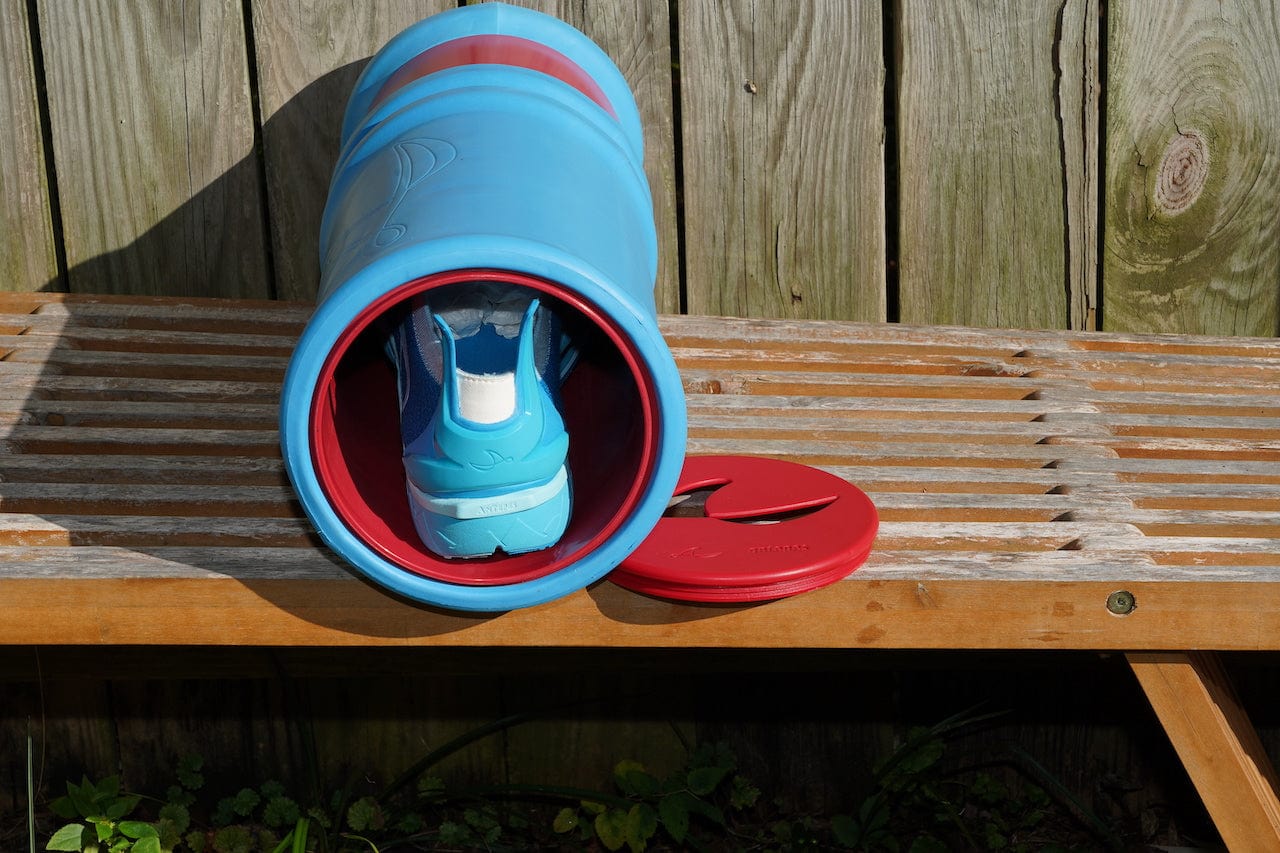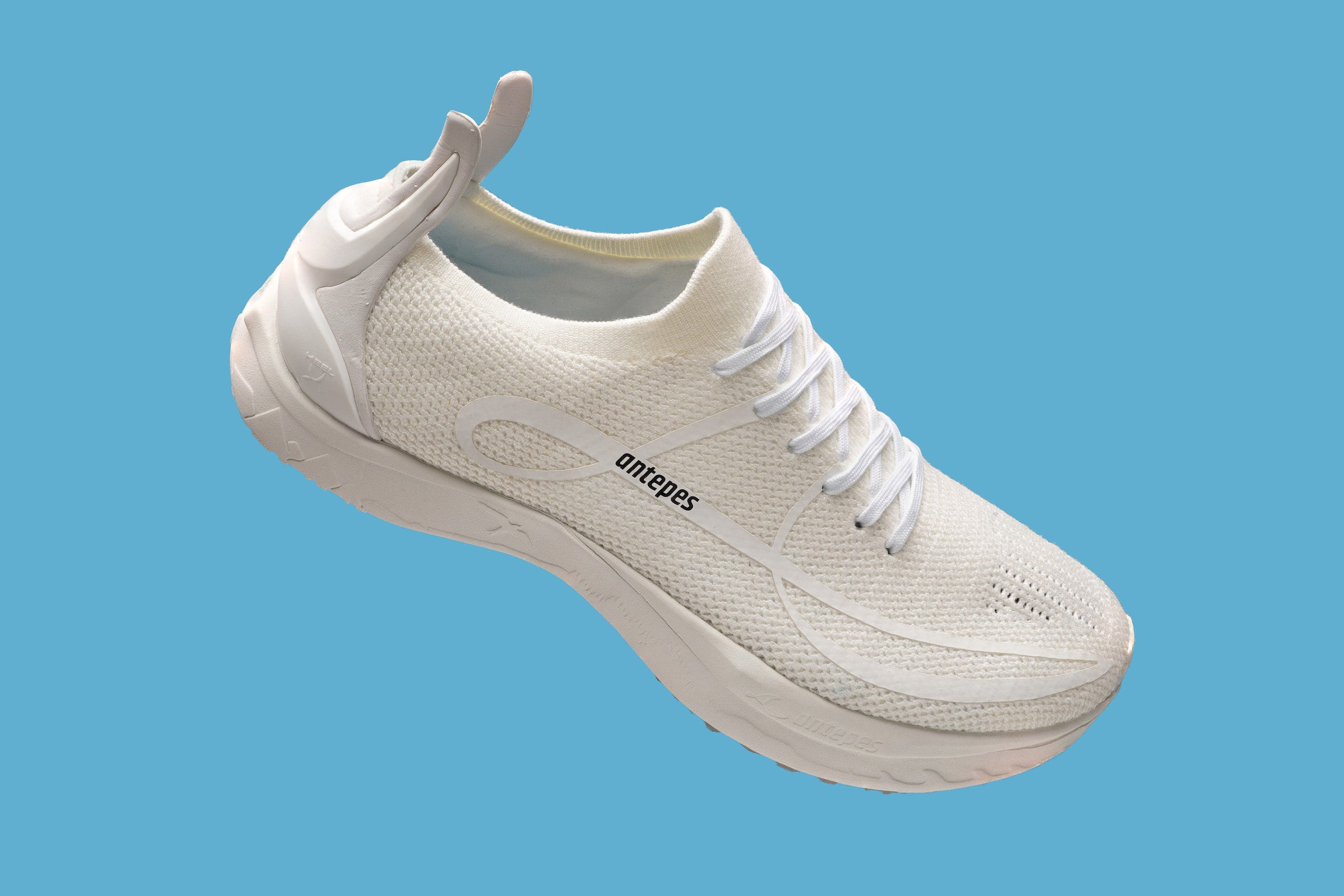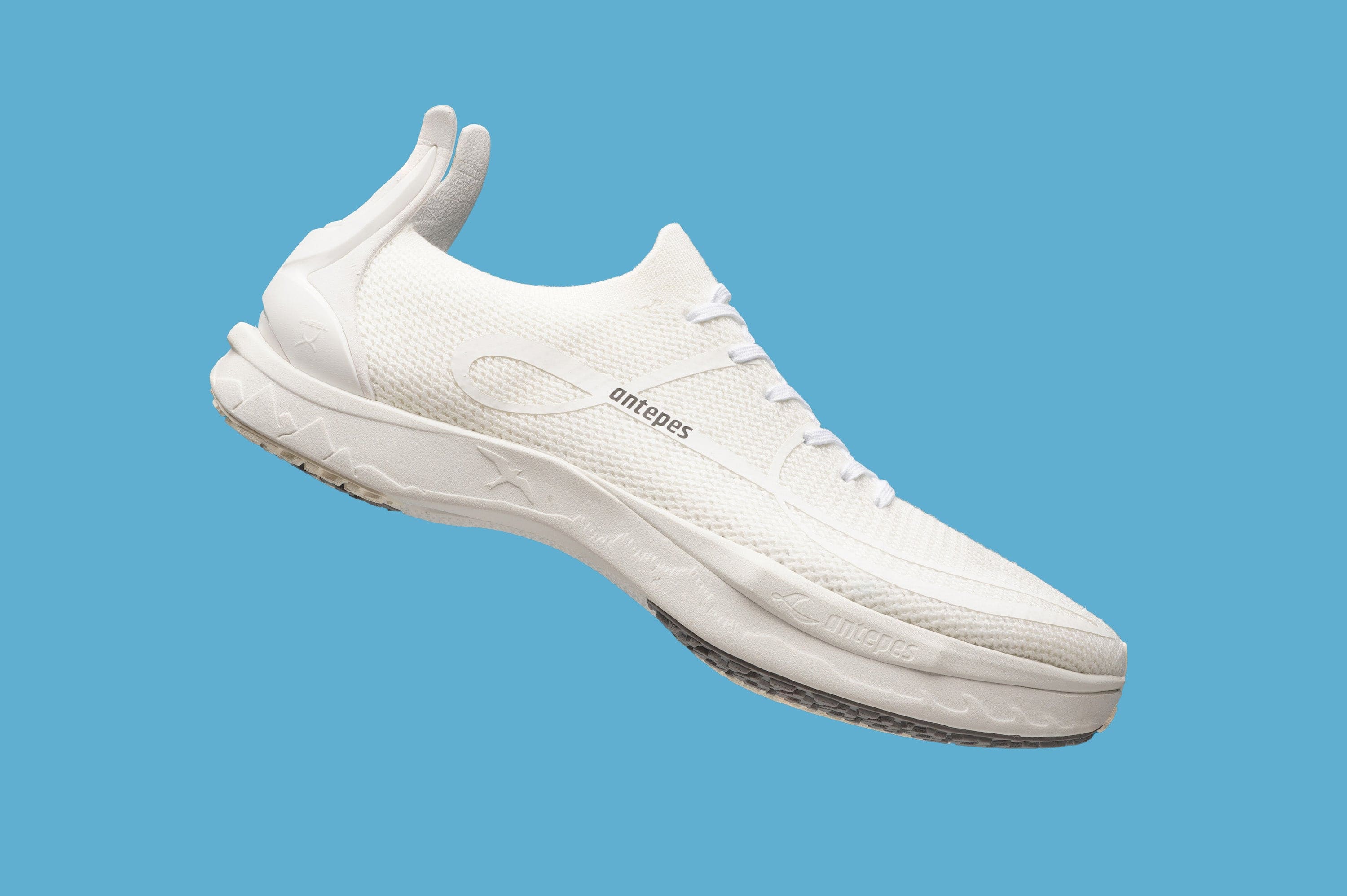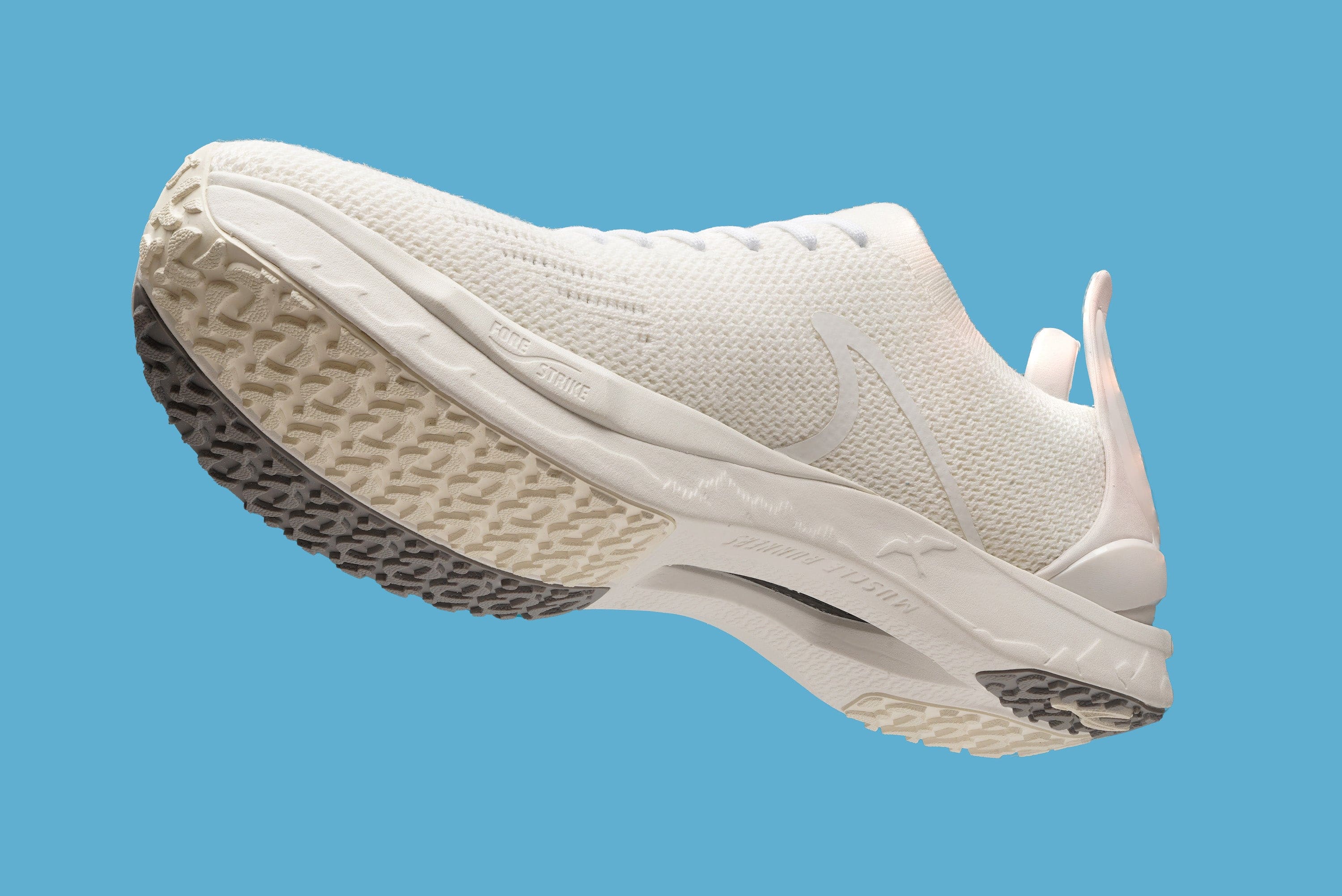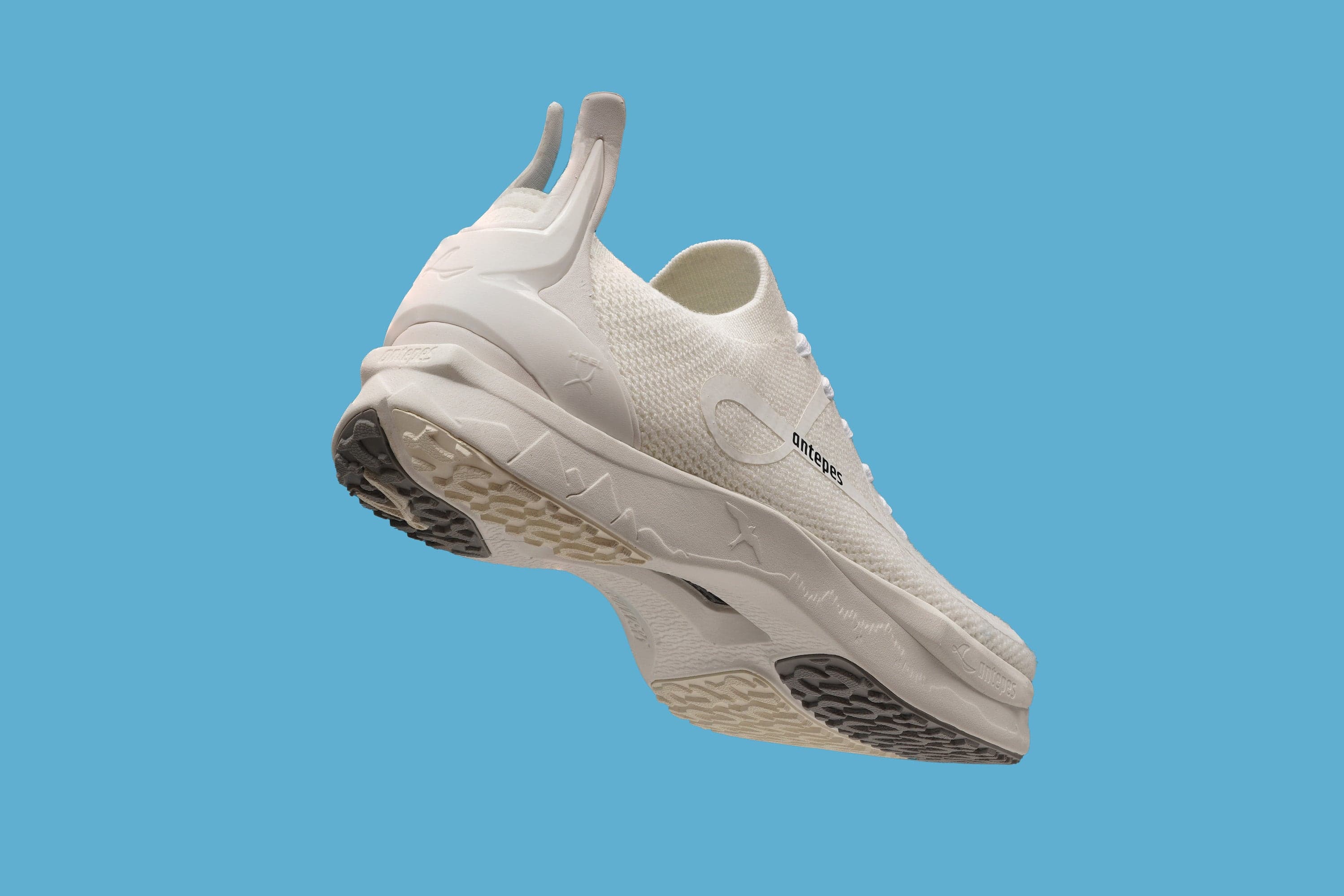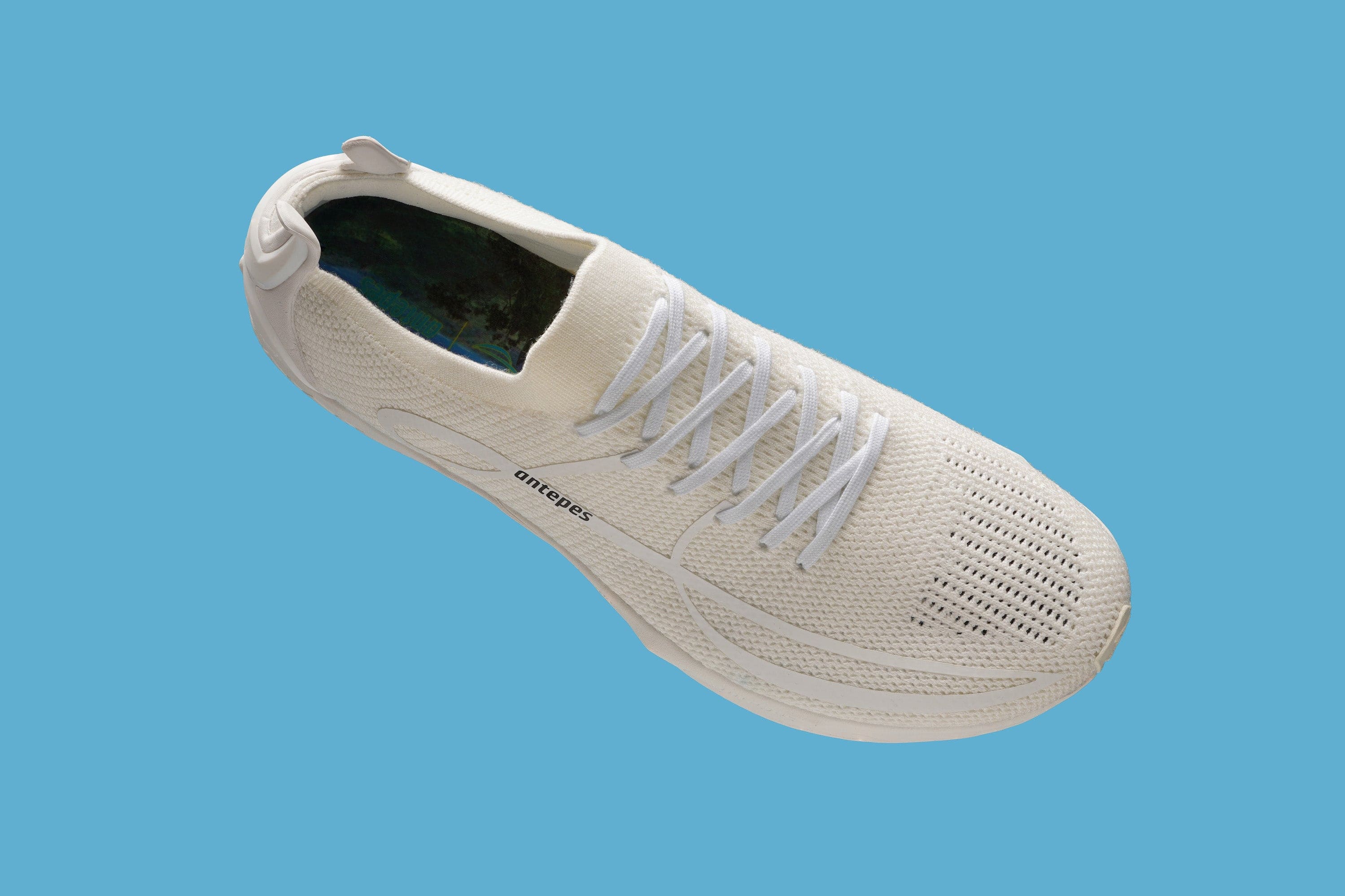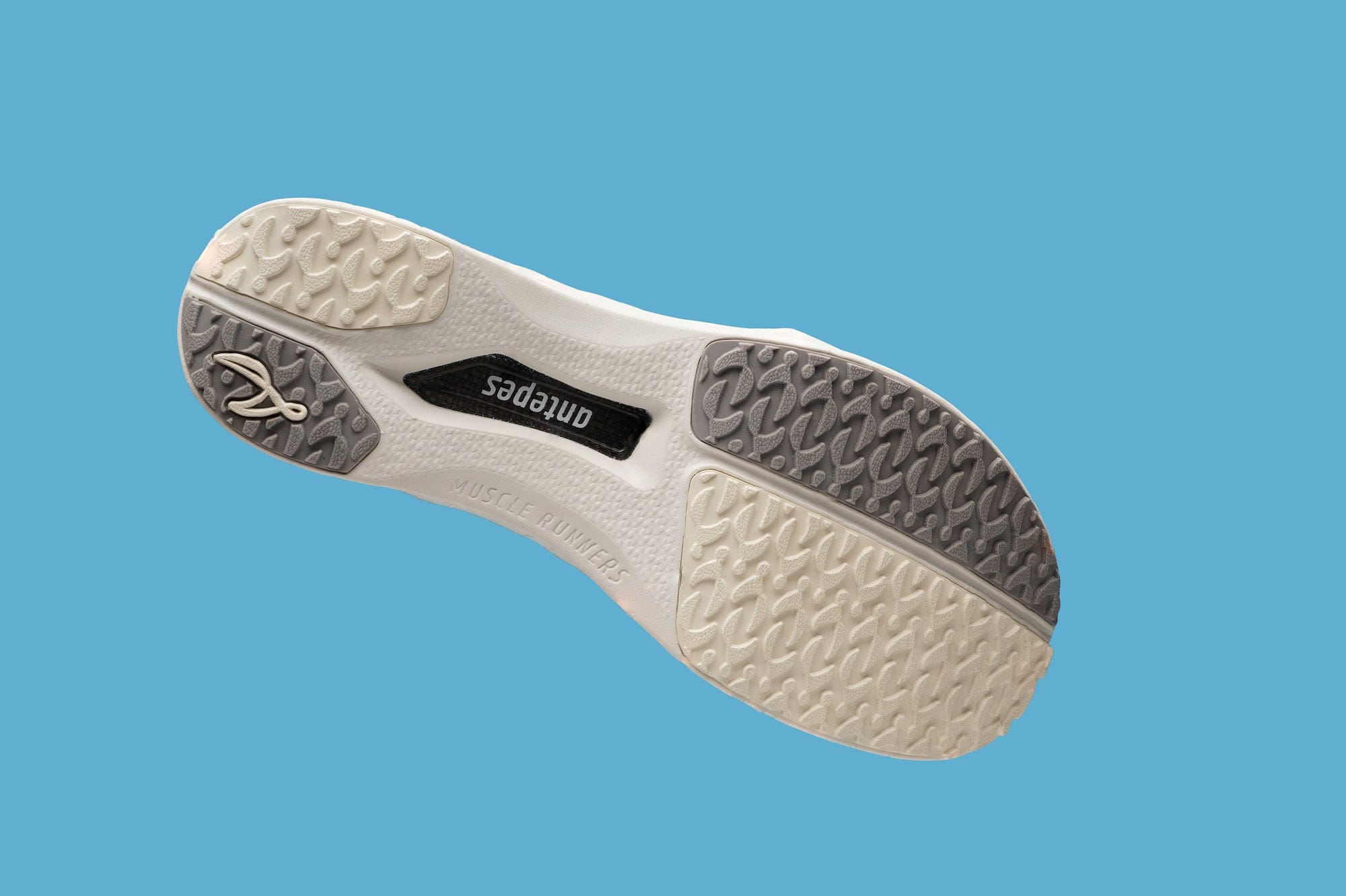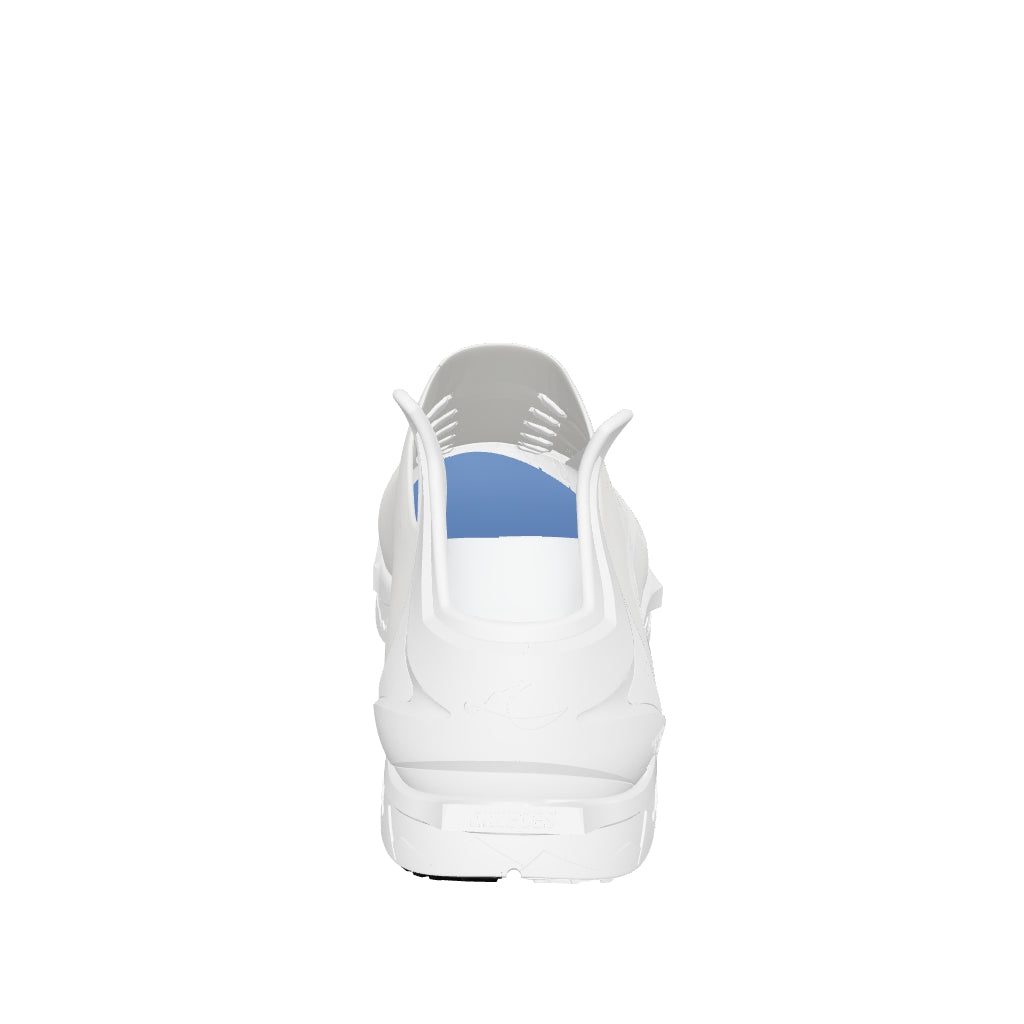Power is crucial for sprinting
Coaches and sports scientists specifically refer to rate of force development (RFD). Basically increasing RFD makes you faster. How so? Well, you will be able to impart more force into the track/road and therefore get a greater push. And crucially you will be able to do this in a very fast time frame - milliseconds. Greater power in a shorter ground contact time is sprinting gold. And so are your Antepes' Muscle Runners.
Developing sprint speed requires a specifically crafted approach with relevant exercise selection and a highly specific training plan.
In future posts we'll provide you with specific information and programmes. However, for now we'll concern ourselves with the muscles which are crucial for sprinting - those which will help develop greater RFD in shorter GCTs when trained appropriately. And we'll show you why your Muscle Runners are the sprint shoe of choice.
"Muscle Runners - and the clue is in the name - are specifically designed to improve the way force is applied"
Muscle Runners - and the clue is in the name - are specifically designed to improve the way force is applied. These sprint running shoes have a negative heel drop (31.5mm - 10mm) plus a Forespring(TM) carbon fibre plate with specifically placed dual density TPE foam all of which will help increase RFD.
Sprint muscles
We’re going to focus in brief on the key speed muscles. Incidentally they may not be the ones which immediately come to mind.
Yes, you do need powerful quads and glutes but much research indicates that it’s the hamstrings, adductors and calf muscles that make all the difference to fast sprinting. Elite male and female sprinters have larger muscle volume in these areas compared to slower sprinters and of course non-sprinters.
Starting at the bottom
Let’s start at the bottom - on a forefoot foot-strike (crucial for sprinting and for which your Muscle Runners are specially designed) your calf muscles play a huge role.
They stop your foot collapsing under the multiple times body weight they have to absorb. The soleus - the smaller stabilising calf muscle - is particularly important. Just walking around in your muscle runners will force the calf muscles to work harder and build specific strength. However, when you do specific drills and sprints your Muscle Runners will really come into their own.
Moving up the leg - the hamstrings are hugely important for sprinting. These muscles lengthen as the foot travels to the front of your hips when sprinting and knees are high. They then shorten at quick-fire speed to whip the lower leg and foot back into the ground. In this respect the adductors (muscles on the inner portion of your thighs) also play a role.
When your Muscle Runners guide your foot into a forefoot strike you will get a faster and increased rate of force return compared to other training shoes due to their specific design.
The wrong training...
Heavy weights may not be best
We talked about doing the “right” training. Although lifting heavy weights can have some benefit when it comes to sprinting their direct contribution to improving RFD is actually limited.
However, we recommend that you do single leg squats, lunges and RDLs as a means to strengthen your muscles and other soft tissue to make you sprint ready and reduce injury risk. Lift a "medium heavy" weight or use body weight.
Most of the emphasis of your sprint training should be on sprint drills, plyometrics and sprinting. It’s not rocket science - to be fast, move fast!
So, when it comes to maximising speed you have already made the right investment. Your Muscle Runners are amongst the fastest and most responsive shoes on the market. Just make sure you work the right muscles when using them!
Sprint Power Drills
Here are two drills you can do to improve your RFD and quicken GCT
1: High leg cycle
Pick-up your heels as you progress forwards emphasising a high pull of the foot so that it passes near to the knee as it travels to the front from behind your hips. Keep the movement "tight" and pull the foot into the ground fast keeping the toes up to create a powerful forefoot strike (use your hamstrings). Coordinate arms with legs.
Work over 20m and do 3-4 reps
2: Bent knee scissor bounds
Keep a slight bend at each knee and pull your feet alternately into the ground to forefoot strike. Don’t lean back and coordinate arms with legs. It’s quite a “stiff” movement. Lead into the contact with your heels before letting the forefoot make the strike. Your hamstrings and glutes - those key sprint muscles - will need to work overtime.
Work over 20m and do 3-4 reps


